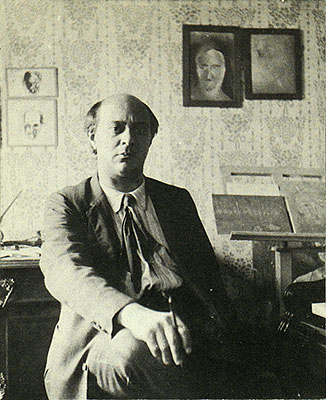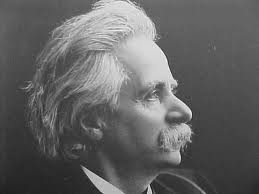With very little fanfare save for the light breeze made by page turning, Vol. IV came to a close a week ago. That’s four down and one to go—though if you’re like me, you’ve peeked more than once at the final volume.
As is our custom, we’ll take a week or two of wrap-up time to comment on more of the text, as well as to perhaps ask some global questions and discuss the big points of the volume.
And what a volume it was. Prof. Taruskin rocked several boats holding the traditional thinking on twentieth century music. Some of the biggest he salvoed and aimed to sink. He moved the inception of the musical “twentieth century” back by more than a decade, redefined its central characteristics (neoclassicism, ban of pathos, irony), and argued for a repositioning of the era’s most important philosophers (notably a increasing the importance of Ortega y Gasset and decreasing that of T.W. Adorno).
The influence that these changes and challenges might have on the teaching and understanding of music history is well worth discussing, and I’d like to open up a discussion here.
Teachers: how have you used Taruskin’s arguments in your presentation of the narrative of twentieth century music? To what effect?
Students: how have Taruskin’s revisions and emendations affected the way you understand early twentieth century music?
Challenges of your own? Seconding Prof. Taruskin’s arguments? Questions or ruminations? Let’s get this comments section working—pathos and irony allowed.


